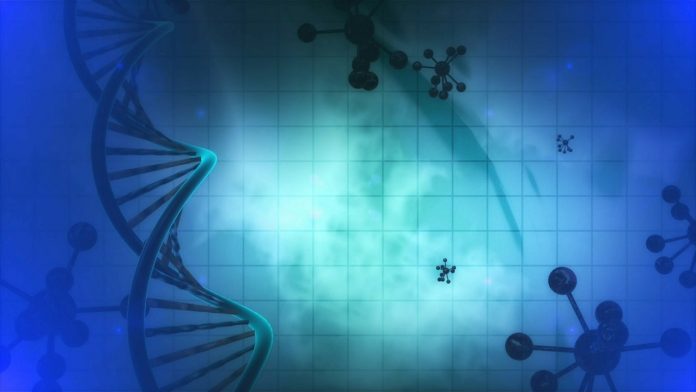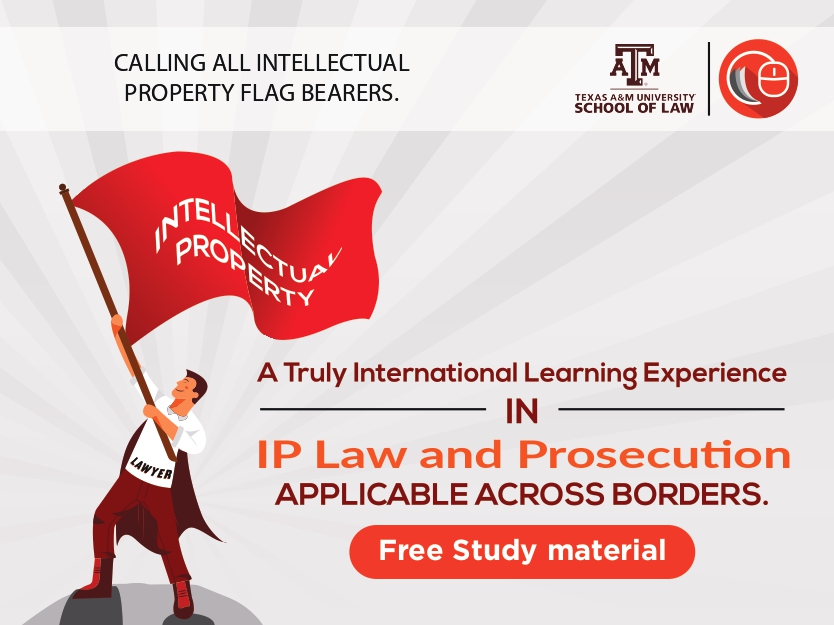This article is written by Abhilash Balasaheb Bagul who is pursuing a Certificate Course in Intellectual Property Law and Prosecution from LawSikho.
Table of Contents
Introduction
Intellectual property consists of protection for various innovations and creations that have commercial application for the creator of the innovation. Intellectual property has helped various creators and various innovators to safeguard their invention and allow them to exercise their exclusive right to exploit their invention for their own gains and control over their invention to do whatsoever the inventor or the creator wishes to do with his invention. Intellectual property consists of safeguarding rights for patents, trademarks, copyrights, designs, geographical indications along with protection for semiconductors and integrated circuits, plant varieties as well.
Indian Patents Act, 1970 initially did not comprise patentability for the microorganisms and thus they were not granted protection but the microorganisms were granted protection after the amendments were made in the Patents Act, 1970 by the Patents (Amendment) Act of 2002. It was inculcated in the patentability criteria and it complied with the TRIPS Agreement. Section 3(j) of the Patents Act, 1970 mentions that ‘plants and animals in whole or any part thereof other than microorganisms but including seeds, varieties and species and essentially biological processes for production or propagation of plants and animals’ which states that the microorganisms can also be patented.
Historical Perspective
Initially, microorganisms didn’t fall under the purview of patentability in all of the countries. But after the landmark case of Diamond v. Chakraborty in 1980 the situation changed. This judgement allowed the patentability of the microorganisms in the US. Dr. Ananda Chakraborty wished to apply for a patent of a live human-made and genetically engineered bacterium which had the capacity to break down the components of the crude oil. Initially, the controller of the patents in the US rejected the patent claim of the microbiologist by stating that microorganisms cannot be patented as they are readily available in nature and things that occur in nature cannot be patented. But as soon it was appealed in the higher court the decision of the controller was reversed by the US States Court of Customs and Patents Appeal.
The Commissioner of the Patents, Sidney A. Diamond appealed to the Supreme Court and the decision was again made in the favour of Dr. Chakraborty which stated that the bacteria which is human-made, which has the capability of treating oil spills, genetically engineered which satisfies the novelty, non-obviousness and industrial use aspects of the patentability criteria of the patents may be granted a patent as naturally occurring microorganisms fail to perform the task. Before this decision was made by the US Court, the microorganisms were not granted patents as a product claim per se but were only involved in the processes claims where the microorganisms were used as a medium in inventions.
The TRIPS agreement also mentions about the patentability of microorganisms and explain about the microorganisms that are created by the human intervention and are genetically modified or engineered by various processes in order to create a new, non-obvious and industrially useful microorganism can be patented. Art 23(3)(b) of the TRIPS Act, 1994 states about the patentability of the microorganisms, non-biological and microbiological processes.
In India the protection for the microorganisms was added in the Patents Act, 1970 after the landmark judgement of the Calcutta High Court case of Dimminaco A.G. v. Controller of Patents and Designs. In this case, the appeal was filed against the Assistant Controller of the Patents and Designs where the process of preparation of infectious Bursitis Vaccine was refused on the grounds that the live virus used in the process of preparation of vaccine cannot be considered as manufactured and cannot be treated as a substance or an inanimate object. The Calcutta High Court reversed the order and started that the process of preparing a vendible commodity which contains a live substance is not excluded from the purview of the word ‘manufacture’. The product created was novel, non-obvious and was capable of industrial application thus making it an invention.
In the Supreme Court judgment in the case of Monsanto Technology Pvt. Ltd. v. Nuziveedu Seeds, the plaintiff claimed that their patent was capable of killing the bollworms when it was inserted in cotton as it contained a man-made chemical product called Nucleotide Acid Sequence (NAS) which contained Bacillus Thuringiensis gene. They claimed that their invention did not infringe section 3(j) of the Patents Act, 1970. Nuziveedu Seeds claimed that NAS is just a chemical composition that was incapable of reproduction and not a man-made inventive microorganism which is capable for industrial application. The Supreme Court in this matter restored the order of the single bench and set aside the order of the division bench and reverted back the matter to the single bench of the Delhi High Court to be decided on the basis of expert advice and evidence, who held that, the claims on NAS was rightly entertained by the Patent Office and that the parties shall remain bound to their sub-lease agreement which shows that the present scenario in India regarding microorganisms is still at its infancy stage and needs progression.
Process for Patenting a Microorganism
Section 3(j) of the Patents Act, 1970 allows the microorganisms to be patented. The Patent application may be made for Indian patent as well as international patent. Following are the steps in order to patent a microorganism:
- Applicant needs to fill out the necessary Forms that are mentioned in the second schedule of Patents Rules, 2003 and pay the prescribed fees. Also the applicant has to prepare the specifications that contain the detailed information of the patentable microorganism/s.
- Request for the examination of the patent should be made by the applicant or the assigned person by the applicant. After that, the patent is published in the journal which is then available to the public for opposition if anyone is interested in. If anyone opposes the grant of the patent then the applicant has to respond to the patent office within the stipulated time.
- Once the Examination is done by the controller of the patents, the examination report is produced by him. If there are objections made by the controller regarding the patent application then the applicant needs to file a response to that application within six months from the date of that examination report.
- Once the objections are resolved by the applicant, then the patent is granted to the applicant by the patent office.
Conclusion
Intellectual property comes in various types and various forms. It is very essential to acquire protection for all the intellectual properties against all sorts of infringement and any kind of misuse of the invention. Patents come for various types of inventions that can range from industrial equipment to microorganisms. The product to be patented should satisfy the patentability criteria such as novelty, non-obviousness and industrial usage capability. The product should not fall under the criteria mentioned in the section 3 of the Patents Act, 1970.
Worldwide there has been recognition of the patents patentability acceptance for the microorganisms and all the patent offices in the world and international organisations are now recognising the importance of patenting their developed microorganisms which perform certain industrial work. Unlike naturally occurring microorganisms, the developed manmade, genetically manufactured or engineered microorganisms can be patented which are developed by human intervention and do not occur naturally in nature. These genetically modified microorganisms are used by various pharmaceutical industries, microbiologists, scientists, etc. to conduct various experiments and solve problems that can be solved with the help of microorganisms.
These genetically modified microorganisms can be the future scope for developing eco-friendly solutions for the various problems that exist in our world currently and patenting it can encourage the inventors and scientists to develop various new variations of microorganisms. It will promote sustainable solutions and will have long lasting effects in the field of science. All the countries in the world are rapidly adopting the new inventions in the field of microbiology and pharmaceutical industries. India should also build its policies that promote these sectors and develop rapidly similarly to the developing world around us.
References
- https://link.springer.com/article/10.1057/jcb.2010.20#Sec16
- https://www.mondaq.com/india/patent/900702/microorganisms-and-the-indian-patents-scenario-
- https://www.researchgate.net/publication/263326218_Patenting_of_microorganisms_Systems_and_concerns
Students of Lawsikho courses regularly produce writing assignments and work on practical exercises as a part of their coursework and develop themselves in real-life practical skill.
LawSikho has created a telegram group for exchanging legal knowledge, referrals and various opportunities. You can click on this link and join:
 Serato DJ Crack 2025Serato DJ PRO Crack
Serato DJ Crack 2025Serato DJ PRO Crack











 Allow notifications
Allow notifications



